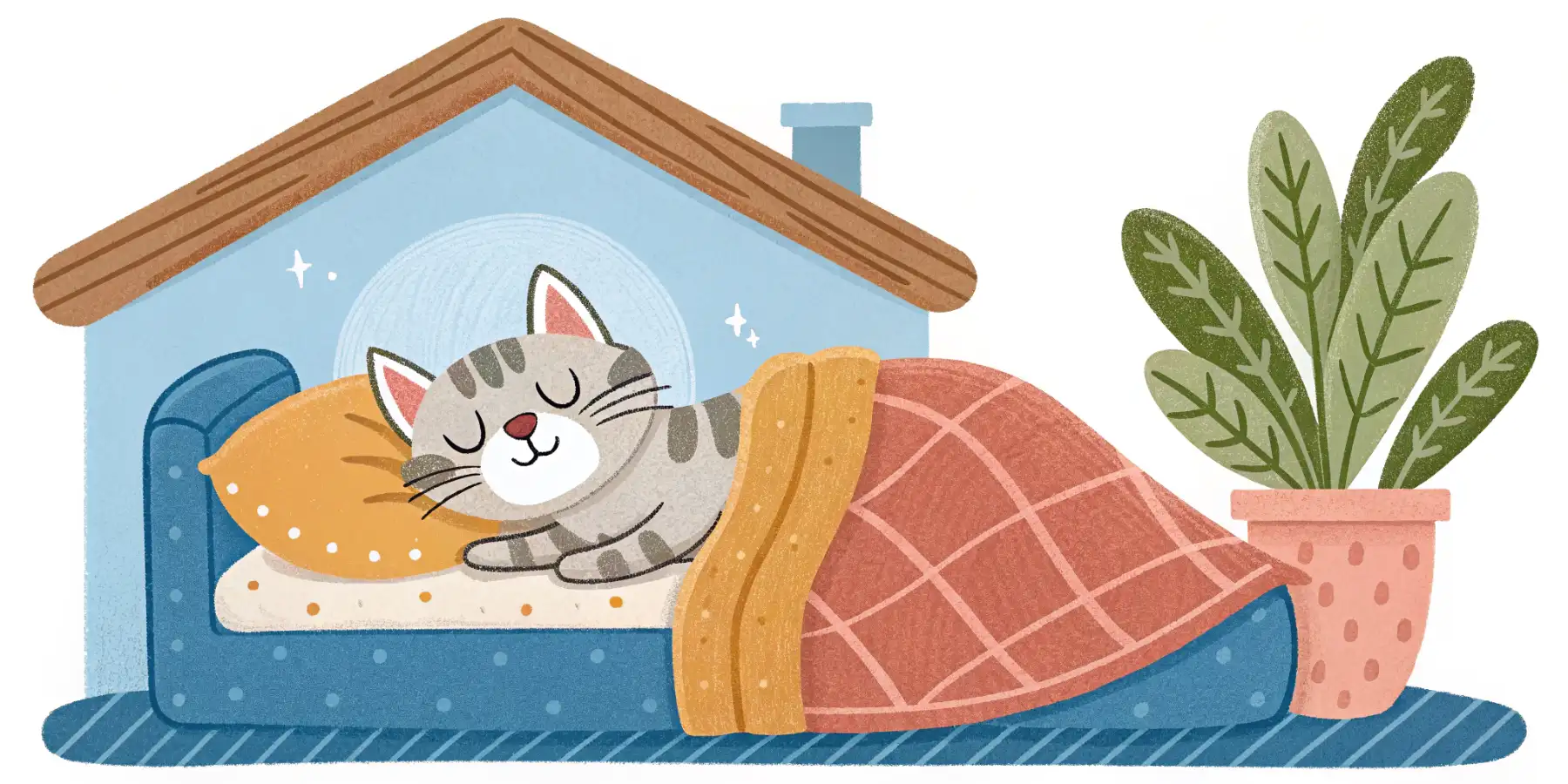
Cat Grooming: Brush, Nails, & Hairball Help!
Cat grooming: Is your feline friend shedding *everywhere*? Conquer hairballs & trim those claws with our easy guide!
Grooming Your Adult Cat: Brushing Needs, Hairballs, and Nail Care
Welcome, fellow cat lovers! As a veterinary technician with years of experience and a personal household overrun with furry feline overlords, I know firsthand the joys (and challenges!) of cat ownership. One crucial aspect often overlooked is proper grooming. While cats are famously self-sufficient, their grooming regime needs a helping hand from their human companions, especially as they get older. This guide is your one-stop resource for understanding your adult cat’s grooming needs, focusing on brushing, hairball management, and nail care.
The Importance of Regular Brushing
Brushing your cat isn’t just about preventing fur tumbleweeds from taking over your home (though that’s certainly a bonus!). It’s a vital part of their overall health and well-being. Regular brushing removes loose hair, dirt, and debris, preventing matting and tangles, especially in long-haired breeds. This is particularly important for senior cats, who may find it harder to groom themselves due to arthritis or other age-related issues.
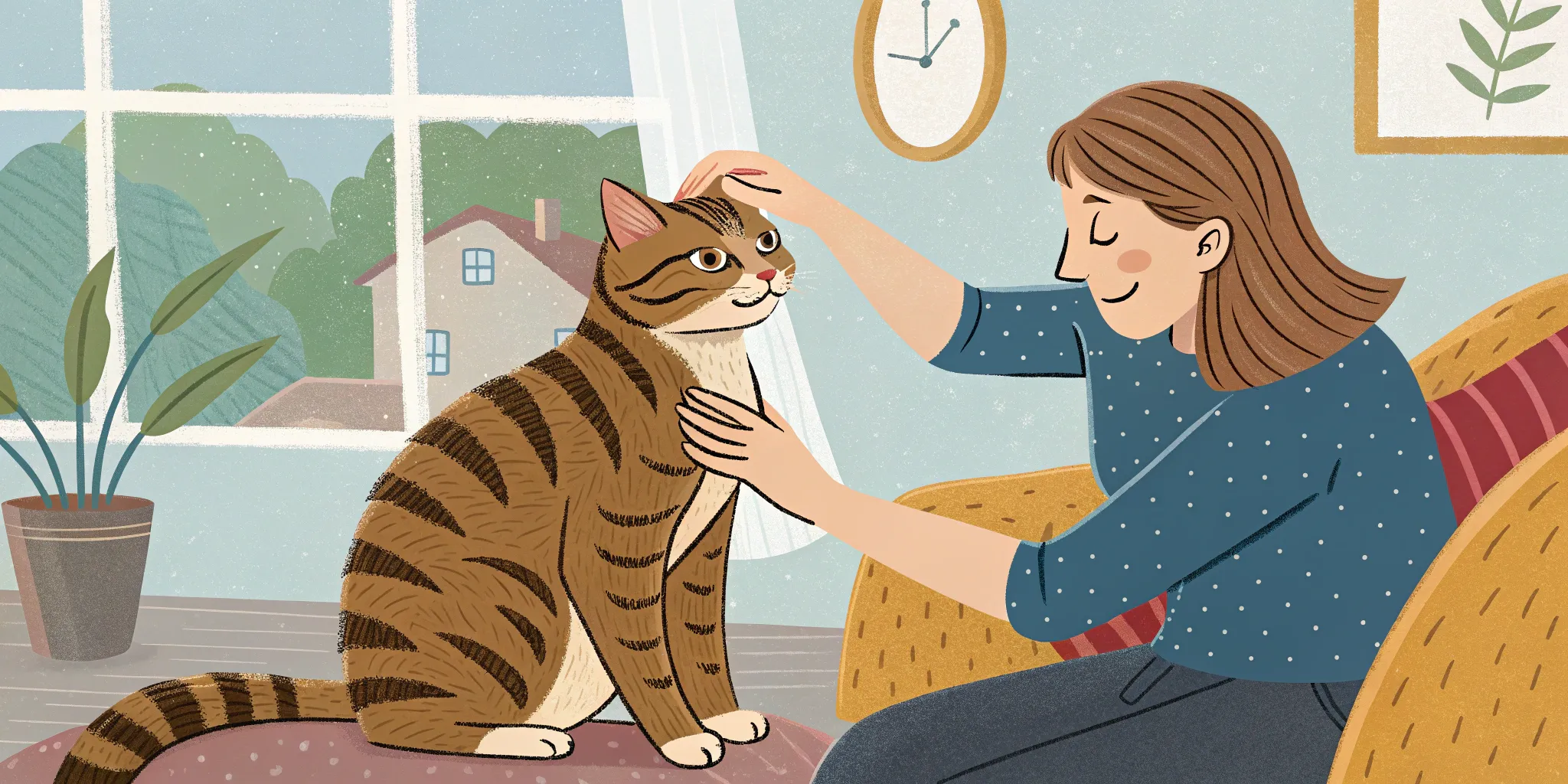 Image: A happy tabby cat enjoys a brushing session with its owner, highlighting the bond and comfort associated with grooming.
Image: A happy tabby cat enjoys a brushing session with its owner, highlighting the bond and comfort associated with grooming.
Benefits of Brushing:
- Reduces hairballs: By removing loose fur before your cat can ingest it, you significantly decrease the likelihood of hairball formation. Managing hairballs in adult cats is a constant battle for many owners, and brushing is your first line of defense.
- Stimulates circulation: The act of brushing gently massages the skin, promoting blood flow and healthy oil production.
- Early detection of skin problems: Brushing gives you a chance to examine your cat’s skin for any lumps, bumps, cuts, or signs of fleas or ticks. Early detection of skin issues in cats is crucial for effective treatment.
- Strengthens the bond: Regular grooming sessions can be a relaxing and enjoyable experience for both you and your cat, strengthening your bond and building trust. Positive reinforcement grooming for cats can turn a potentially stressful activity into a bonding experience.
Choosing the Right Brush:
Different cats have different fur types, so experiment to find a brush that works best for your feline friend. Some popular options include:
- Slicker brushes: Ideal for removing mats and tangles, especially in long-haired cats.
- Bristle brushes: Good for smoothing the coat and removing loose hair.
- Rubber brushes: Gentle and effective for short-haired cats, also great for massaging the skin.
- Grooming gloves: A less intimidating option for cats who are sensitive to brushes.
In my experience, many cats prefer grooming gloves because they feel more like being petted than being brushed. It can be a good way to introduce grooming to a skittish cat.
Hairball Management: Beyond the Hack
Ah, the dreaded hairball. That unmistakable retching sound is enough to send any cat owner running. While occasional hairballs are normal, frequent hairballs (more than once a month) can indicate a problem.
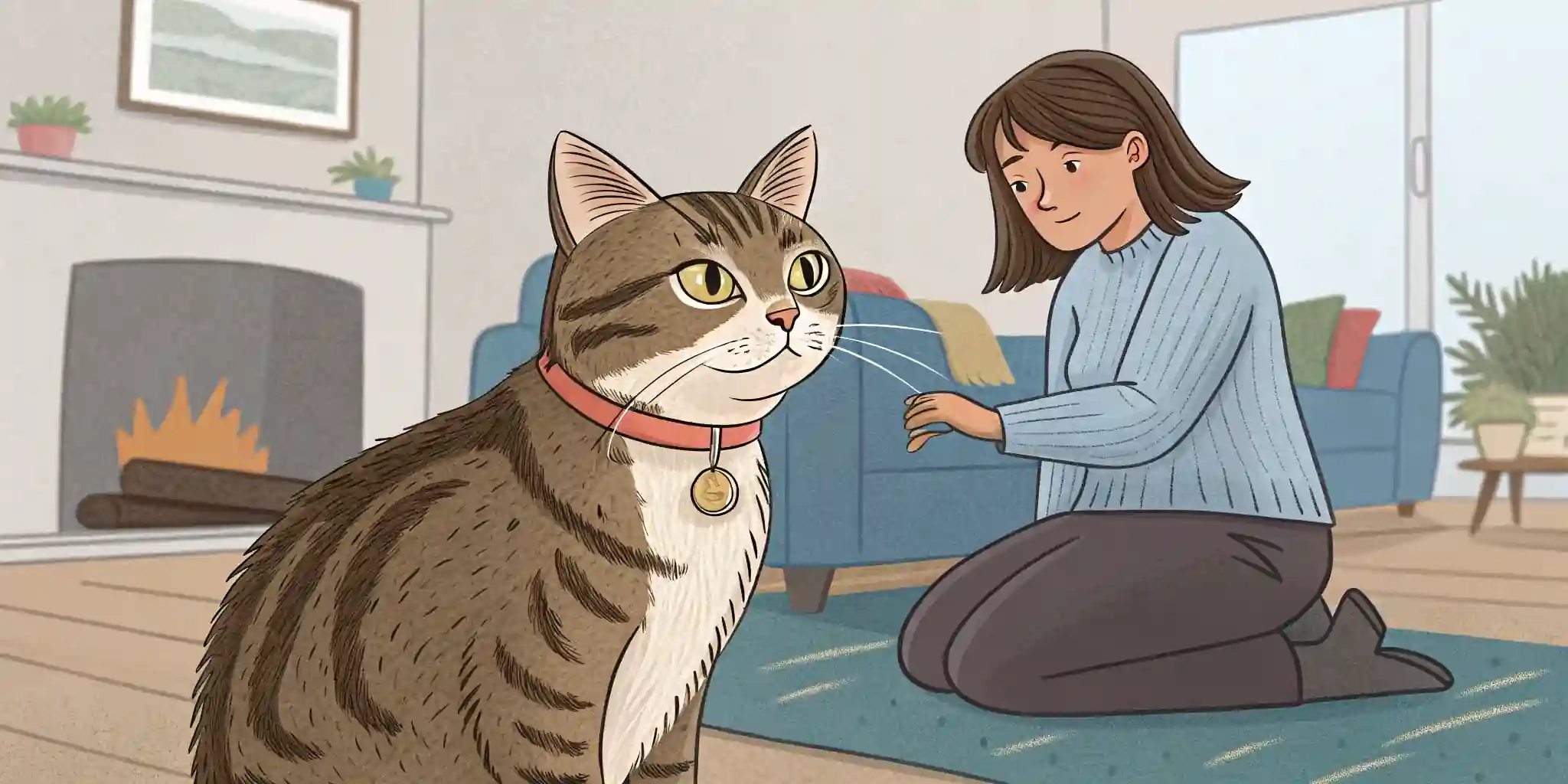 Image: A cat exhibiting the typical posture associated with coughing up a hairball.
Image: A cat exhibiting the typical posture associated with coughing up a hairball.
Besides regular brushing, here are some other ways to manage hairballs in your cat:
- High-fiber diet: Choose a cat food specifically formulated for hairball control. These foods contain higher levels of fiber, which helps move hair through the digestive tract.
- Hairball remedies: Hairball gels or pastes lubricate the digestive tract, making it easier for hair to pass. These are often flavored to be palatable for cats.
- Hydration: Ensure your cat has access to plenty of fresh water. Proper hydration helps keep everything moving smoothly.
- Monitor frequency: Keep track of how often your cat is producing hairballs. If the frequency increases or if your cat is having difficulty passing a hairball, consult your veterinarian.
I believe that a proactive approach to hairball management is always best. Don’t wait until your cat is constantly hacking up hairballs to take action.
Nail Care: Clipping and Scratching Posts
Keeping your cat’s nails trimmed is important for their comfort and your furniture’s survival. Regular nail trimming prevents ingrown nails, which can be painful and lead to infection. It also helps minimize scratching damage.
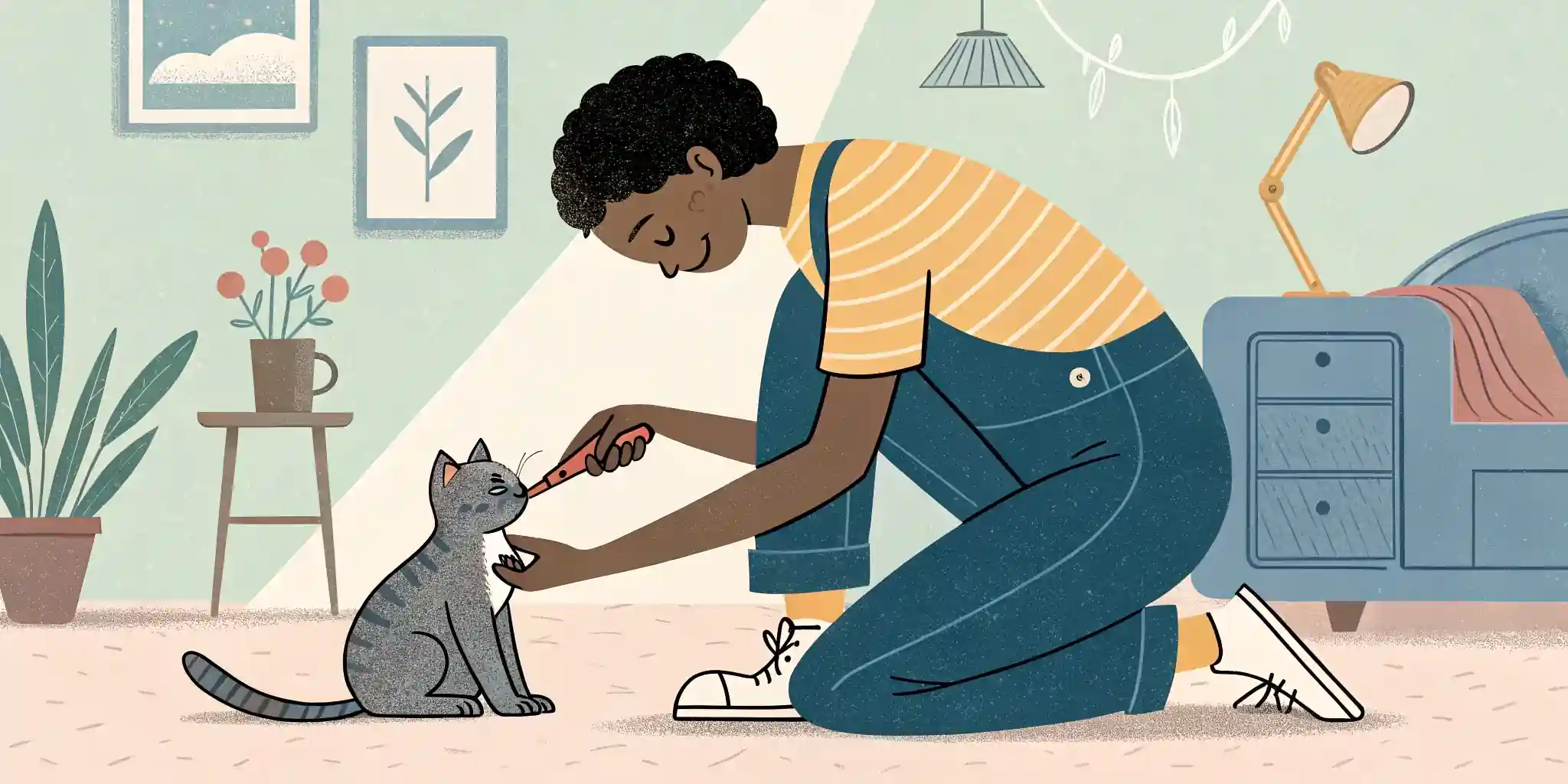 Image: A cat calmly having its nails trimmed by its owner, demonstrating a positive and comfortable experience.
Image: A cat calmly having its nails trimmed by its owner, demonstrating a positive and comfortable experience.
Tips for Nail Trimming:
- Get your cat used to it early: Start handling your cat’s paws from a young age to desensitize them to being touched.
- Use proper clippers: Invest in a pair of cat nail clippers designed specifically for the job. Avoid using human nail clippers, as they can crush the nail.
- Only trim the tips: Be careful not to cut the quick, which is the pink part of the nail that contains blood vessels and nerves. If you accidentally cut the quick, apply styptic powder to stop the bleeding.
- Positive reinforcement: Reward your cat with treats and praise after each nail trim.
- Take breaks: If your cat becomes stressed, stop and try again later.
Scratching Posts: An Essential Outlet
Scratching is a natural behavior for cats. It helps them sharpen their claws, stretch their muscles, and mark their territory. Providing scratching posts is essential for redirecting this behavior away from your furniture.
- Offer a variety: Experiment with different types of scratching posts, such as vertical posts, horizontal scratchers, and cardboard scratchers.
- Location, location, location: Place scratching posts in areas where your cat likes to scratch, such as near their sleeping area or favorite doorway.
- Make it appealing: Sprinkle catnip on the scratching post to entice your cat to use it.
When to Seek Professional Help
While you can handle most grooming tasks at home, there are times when it’s best to consult a professional groomer or your veterinarian. This includes:
- Severe matting: If your cat has extensive matting, it’s best to have it professionally removed to avoid injuring their skin.
- Aggressive behavior: If your cat becomes aggressive during grooming, it’s best to seek professional help.
- Skin problems: If you notice any signs of skin problems, such as redness, inflammation, or hair loss, consult your veterinarian.
Grooming your adult cat is an essential part of responsible pet ownership. By establishing a regular grooming routine and understanding your cat’s individual needs, you can help them stay healthy, comfortable, and happy for years to come. Remember, patience and positive reinforcement are key to success!
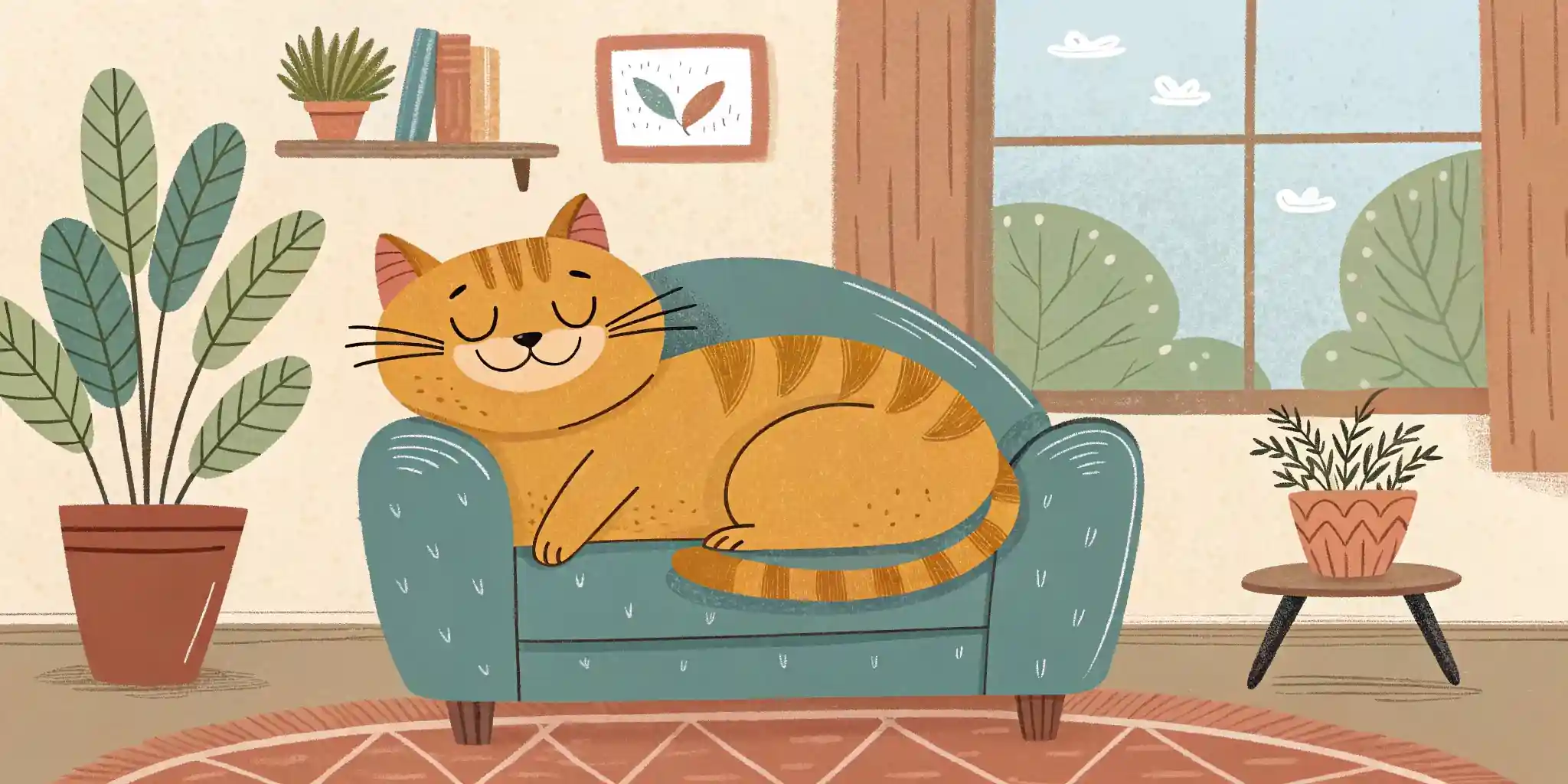 Image: A content cat lounging comfortably, showcasing the benefits of consistent grooming.
Image: A content cat lounging comfortably, showcasing the benefits of consistent grooming.
